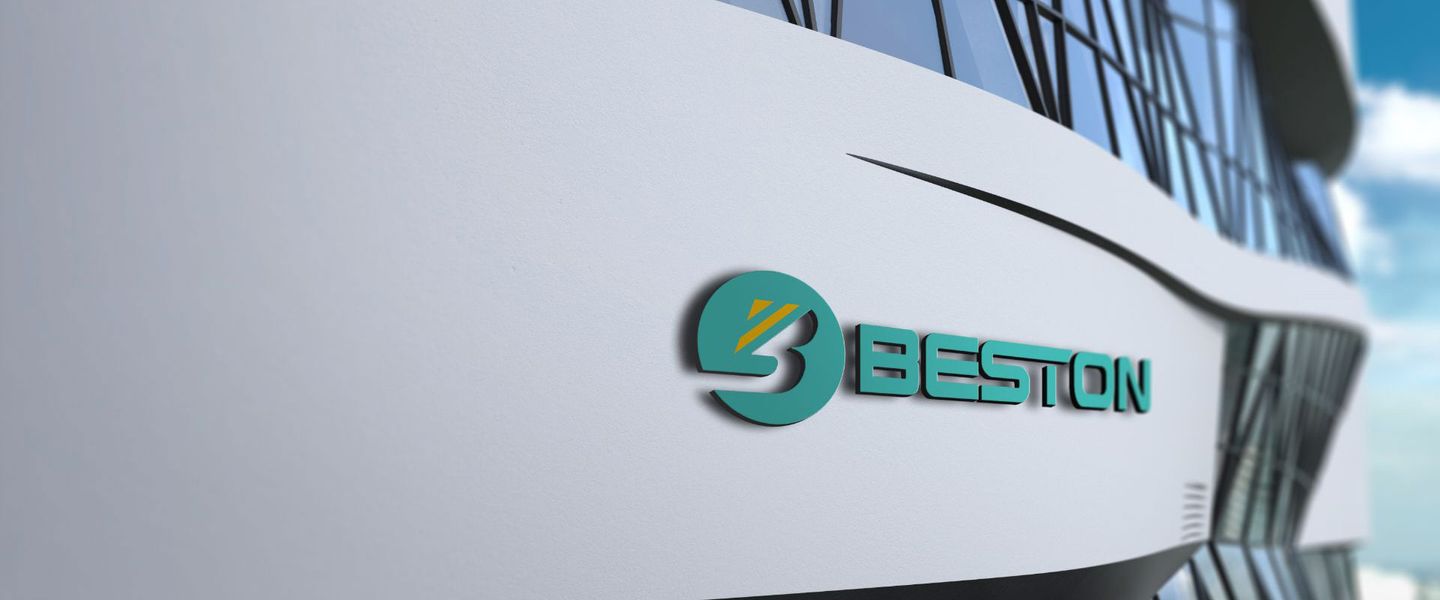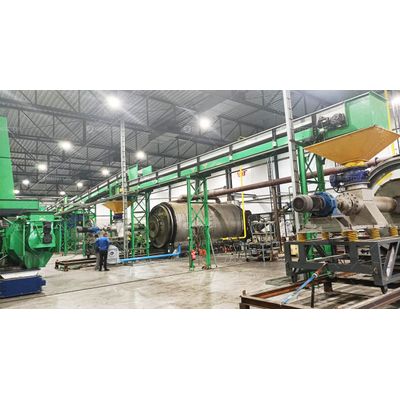

- Home
- Companies
- Beston Group Co., Ltd.
- Articles
- Equipment Comparison: Continuous ...

Equipment Comparison: Continuous Pyrolysis Plant Vs. Batch Pyrolysis Plant
In the dynamic landscape of waste management and resource recovery, the choice between a continuous pyrolysis plant and a batch pyrolysis plant becomes a pivotal decision. Each approach carries its unique set of advantages and intricacies. This article delves into the heart of these technologies, unraveling the nuances that distinguish them in the pursuit of sustainable waste-to-energy solutions.
Continuous Pyrolysis Plant: A Symphony of Uninterrupted Transformation
Efficient Continuous Operation
The hallmark of a continuous pyrolysis plant lies in its seamless and uninterrupted operation. This technology ensures a continuous feed of raw materials, allowing for a steady production flow without the need for frequent pauses or manual intervention.
Scalability Dynamics
In the realm of waste processing, scalability is a paramount consideration. A continuous pyrolysis plant, designed for large-scale operations, embodies efficiency through its ability to handle significant quantities of feedstock continuously. This scalability contributes to enhanced productivity and resource utilization.
Technological Precision
The continuous nature of the pyrolysis process in this plant allows for precise control over operating parameters. Temperature, residence time, and heating rates can be meticulously managed, optimizing the conversion of waste into valuable end products such as biochar, bio-oil, and syngas.
Batch Pyrolysis Plant: Crafting Efficiency in Controlled Batches
Controlled Batch Processing
In contrast, a batch pyrolysis plant operates in controlled batches. The feedstock is loaded into a chamber, processed, and then the system is reset for the next batch. This methodical approach lends itself well to smaller-scale operations and situations where continuous processing is not a critical requirement.
Versatility in Feedstock
The batch processing model offers versatility in handling different types of feedstock. This flexibility is especially valuable when dealing with a variety of waste materials with distinct characteristics. The ability to adapt to diverse feedstocks is a distinguishing feature of batch pyrolysis.
Simplified Maintenance
The periodic nature of operation in a batch pyrolysis plant allows for more straightforward maintenance. The system can be shut down, inspected, and maintained between batches, contributing to ease of management and potential cost savings in maintenance procedures.
Comparative Analysis: Unraveling the Nuances
Energy Efficiency
In the realm of energy efficiency, both models have their merits. A continuous pyrolysis plant capitalizes on its uninterrupted operation to achieve higher overall energy efficiency. On the other hand, a batch pyrolysis plant may excel in specific scenarios where intermittent operation aligns with energy consumption patterns.
Processing Time Dynamics
The continuous nature of operations in a continuous pyrolysis plant often results in shorter processing times per unit of material. This can be advantageous when time is a critical factor. In contrast, a batch pyrolysis plant might have longer processing times due to the periodic nature of its operation.
Capital Investment Considerations
Investing in waste-to-energy technologies involves a careful balance between operational efficiency and capital costs. A small pyrolysis machine, often associated with batch processing, might present a more economical entry point for smaller-scale operations. Conversely, the economies of scale in a continuous pyrolysis plant may lead to cost advantages in larger operations.
Future Trajectories: Balancing Efficiency and Adaptability
Technological Advancements
The landscape of pyrolysis technology is dynamic, with continuous advancements shaping the efficiency and adaptability of both continuous pyrolysis plants and batch pyrolysis plants. Innovations in automation, control systems, and heat recovery mechanisms contribute to pushing the boundaries of these technologies.
Hybrid Approaches
In the pursuit of optimal efficiency, hybrid approaches that combine elements of both continuous and batch processing are emerging. These integrated systems aim to capitalize on the strengths of each model, offering a tailored solution for diverse waste management scenarios.
Conclusion: Orchestrating Sustainable Solutions
In conclusion, the choice between a continuous pyrolysis plant and a batch pyrolysis plant hinges on factors such as scale, operational requirements, and feedstock diversity. The symphony of waste-to-energy solutions continues to evolve, with each technology playing a distinct role in advancing sustainability. Whether orchestrating a continuous flow or crafting controlled batches, the aim remains the same – to transform waste into valuable resources in the most efficient and environmentally responsible manner.
